Update for April 2019
 Since its public release two months ago, the Knights of the Black Lily Quickstart BETA rules have been downloaded more than 150 times. Quite a respectable number, given that promotion for the game hasn’t even begun in earnest. Given that level of interest, it’s overdue that we give an overview over what we’ve been doing in recent months and what you can expect in the future. Both the response by gamers as well as the latest developments regarding the game itself are very encouraging and so motivation is running pretty high!
Since its public release two months ago, the Knights of the Black Lily Quickstart BETA rules have been downloaded more than 150 times. Quite a respectable number, given that promotion for the game hasn’t even begun in earnest. Given that level of interest, it’s overdue that we give an overview over what we’ve been doing in recent months and what you can expect in the future. Both the response by gamers as well as the latest developments regarding the game itself are very encouraging and so motivation is running pretty high!
Let’s break down the update… Read More
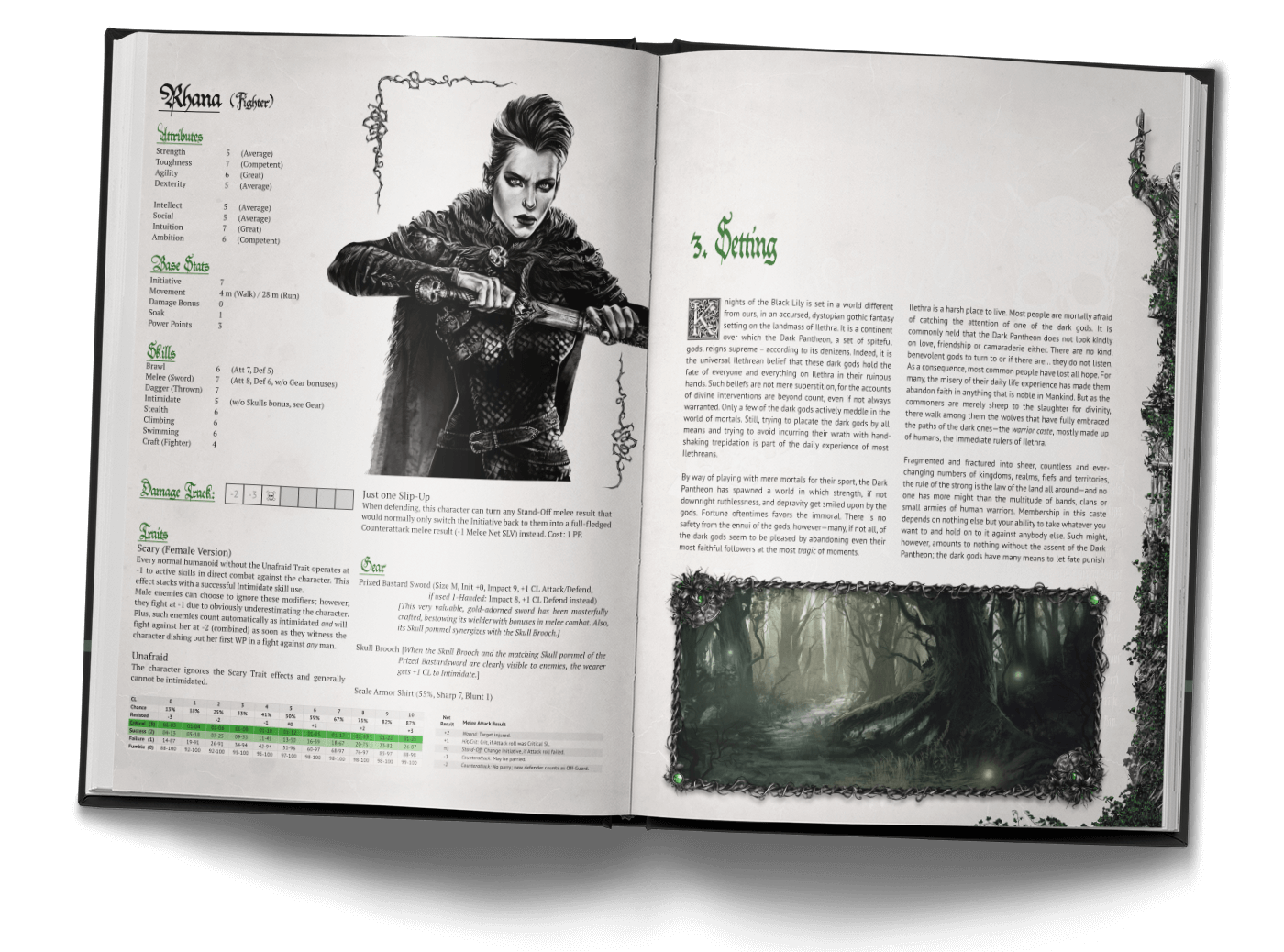 Great news; the Quickstart beta for the
Great news; the Quickstart beta for the  The heart of combat
The heart of combat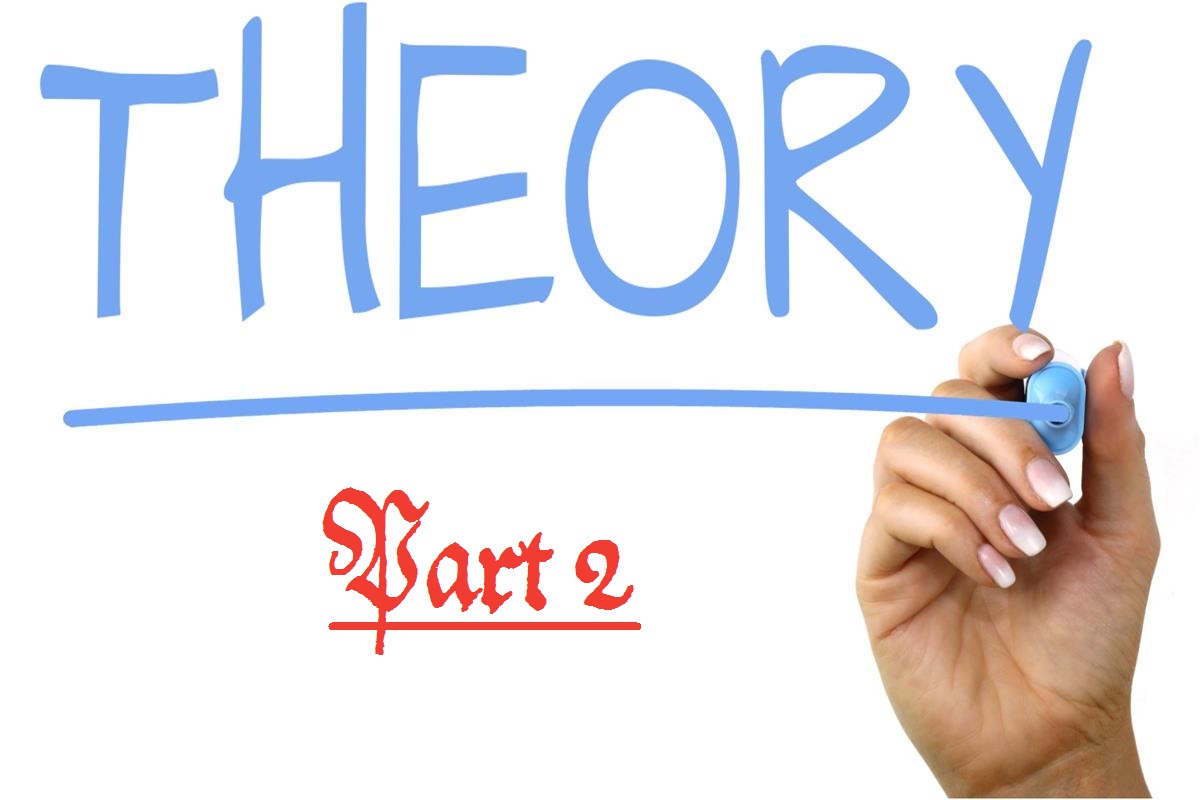 The problem with definitions
The problem with definitions Knights of the Black Lily is what we call dystopian black fantasy, a distinctly flavored form of dark fantasy. The darkness in dark fantasy may come in many forms but for us none of them is as interesting to explore as the darkness that lies within ourselves. And as you will discover in the blogpost below, Knights of the Black Lily has more than its own fair share of demons and other common elements of horror. To us, however, none of those even come close to the terror induced by the things we do – or our own kind. That is why we have chosen the makeup of Ilethrean inhabitants the way it is and as it will be outlined to you below.…
Knights of the Black Lily is what we call dystopian black fantasy, a distinctly flavored form of dark fantasy. The darkness in dark fantasy may come in many forms but for us none of them is as interesting to explore as the darkness that lies within ourselves. And as you will discover in the blogpost below, Knights of the Black Lily has more than its own fair share of demons and other common elements of horror. To us, however, none of those even come close to the terror induced by the things we do – or our own kind. That is why we have chosen the makeup of Ilethrean inhabitants the way it is and as it will be outlined to you below.…  Rebuilding from the ground up
Rebuilding from the ground up A Responsive Action Economy
A Responsive Action Economy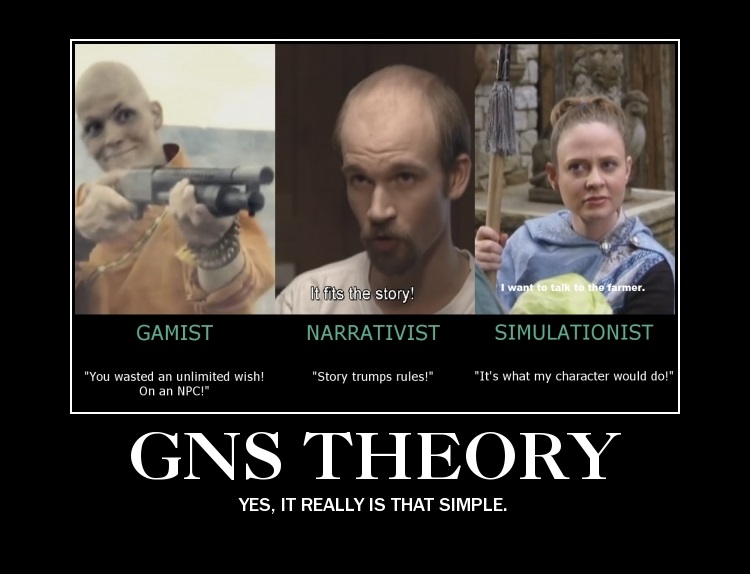 In a recent blog entry, game designer Zak Smith aka Zak Sabbath made a fairly exhaustive attempt at rebuking GNS theory. This post is a response to one of his central contentions. There is a companion blogpost that takes a further look at GNS theory and tries to boil its central components down so that they are easily understandable for everyone. Arguably, the core of Smith’s elaborate rebuttal revolves around a hypothetical scenario of Marvel’s Colossus and Wolverine fighting Mr Sinister, using the famed Fastball Special. This sample scenario is meant, according to Smith, to demonstrate that there are time and again situations in role-playing in which none of the 3 modes of GNS theory (Gamism, Narrativism, Simulationism) get prioritized over one another. A moment of complete blending of the three…
In a recent blog entry, game designer Zak Smith aka Zak Sabbath made a fairly exhaustive attempt at rebuking GNS theory. This post is a response to one of his central contentions. There is a companion blogpost that takes a further look at GNS theory and tries to boil its central components down so that they are easily understandable for everyone. Arguably, the core of Smith’s elaborate rebuttal revolves around a hypothetical scenario of Marvel’s Colossus and Wolverine fighting Mr Sinister, using the famed Fastball Special. This sample scenario is meant, according to Smith, to demonstrate that there are time and again situations in role-playing in which none of the 3 modes of GNS theory (Gamism, Narrativism, Simulationism) get prioritized over one another. A moment of complete blending of the three… 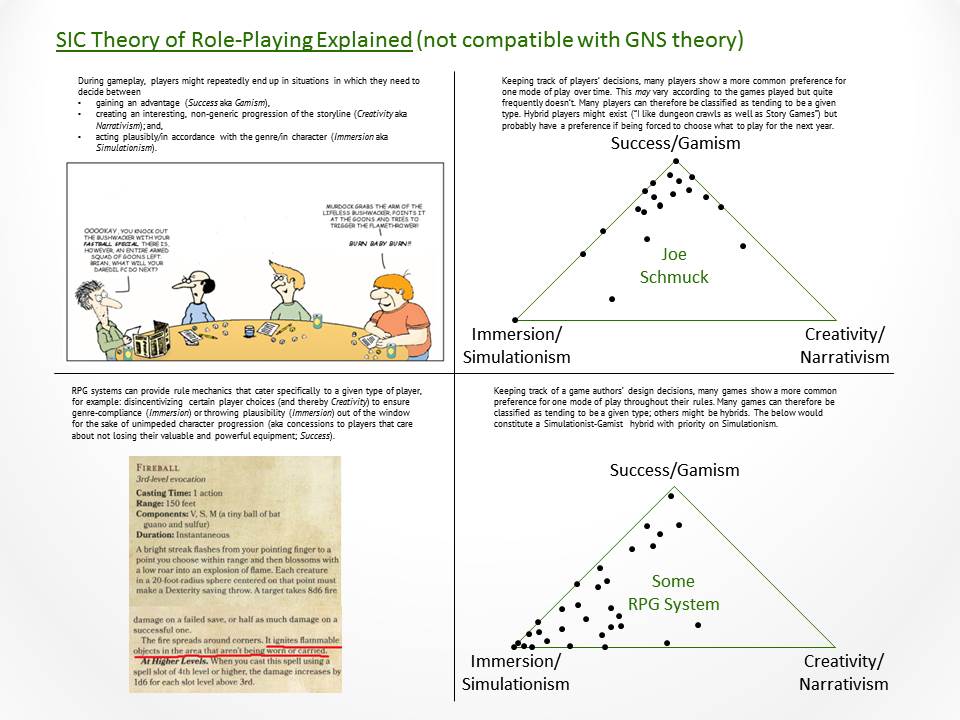 Towards a better understanding
Towards a better understanding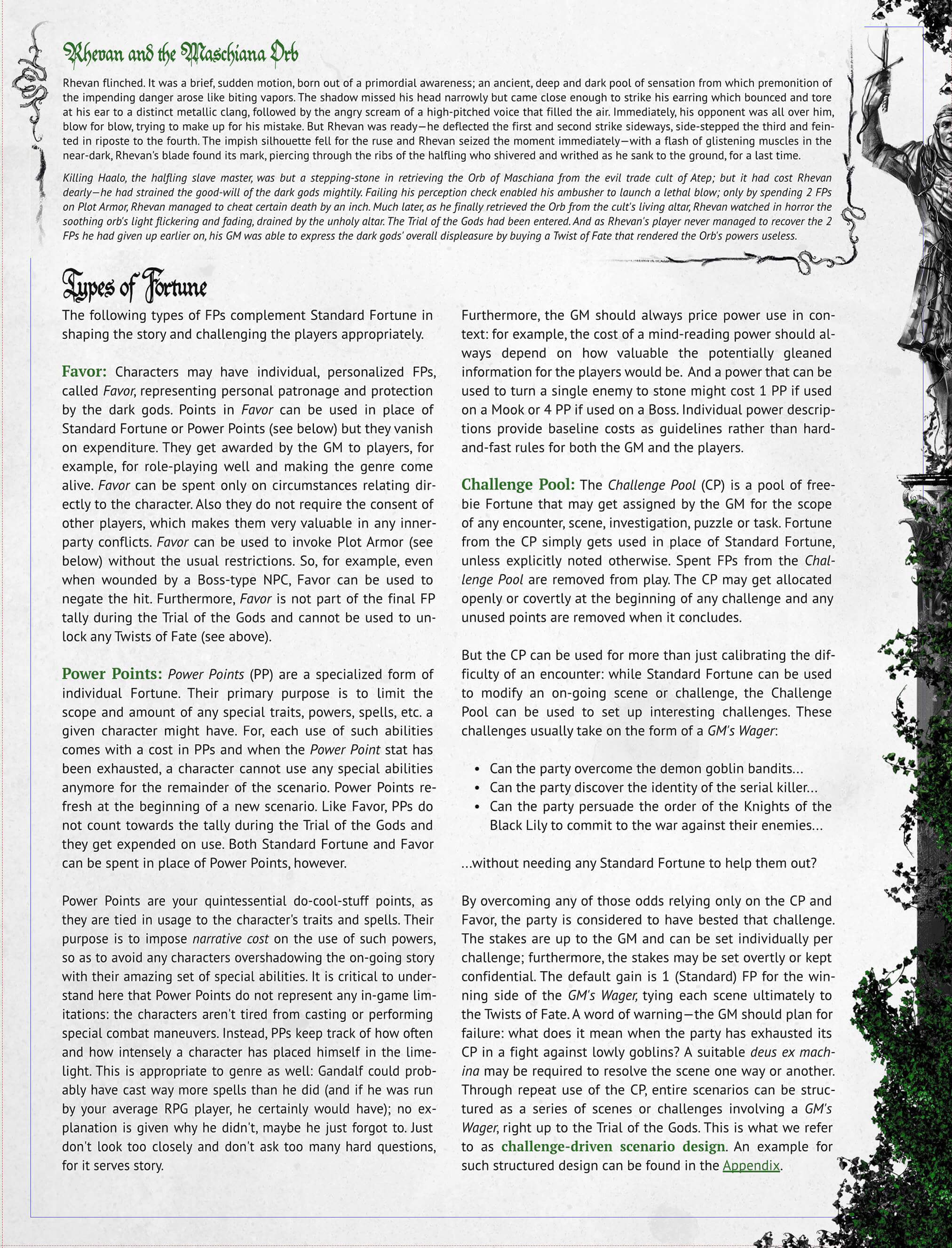 After some weeks of intense work on the game (including playtesting to fine-tune the numbers, editing, layout and page design), it has become apparent that we’re going to narrowly miss our goal of releasing the PDF for the Knights of the Black Lily Quickstart Beta rules in time. Instead, we’re aiming for an early Q2 2018 release now, which will probably (but don’t quote us on that) mean: late April 2018.
After some weeks of intense work on the game (including playtesting to fine-tune the numbers, editing, layout and page design), it has become apparent that we’re going to narrowly miss our goal of releasing the PDF for the Knights of the Black Lily Quickstart Beta rules in time. Instead, we’re aiming for an early Q2 2018 release now, which will probably (but don’t quote us on that) mean: late April 2018.